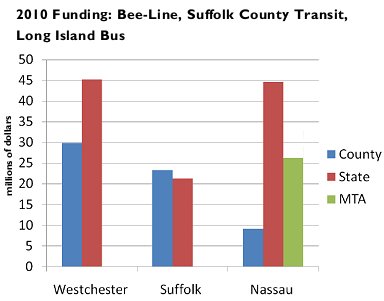New York’s subway stations are falling down. A few days ago, Patch’s Prospect Heights site reported on a crumbling ceiling at the Eastern Parkway subway stop that sent two children to the hospital with scrapes and cuts. For the MTA and its riders, this is but another sign of the fact that 100-year-old systems require significant infrastructure investments, and it’s hardly a unique happening.
In response to this incident and viewer comments, WPIX 11’s local agitator Greg Mocker hit the streets to find the system’s worst looking subway stations. He didn’t have to look too far, and in the segment below — which unfortunately contains some ill-informed MTA bashing from local politicians who refuse to fund these badly-needed infrastructure upgrades — he goes underground. The State of Good Repair remains elusive indeed.

 With the news this week that the Mayor’s plan to allow livery cab drivers to pick up passengers in Outer Borough was
With the news this week that the Mayor’s plan to allow livery cab drivers to pick up passengers in Outer Borough was 




